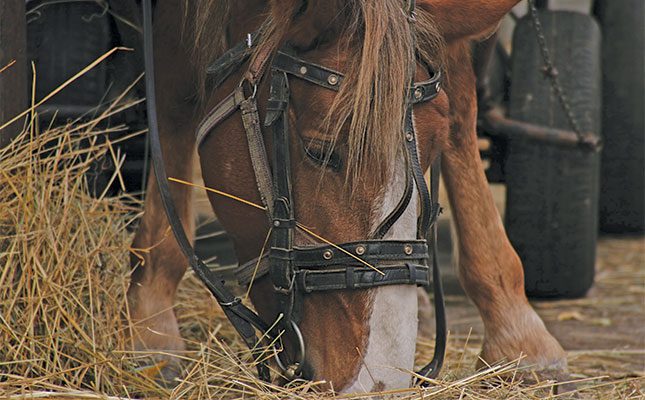Riding stables and horse breeders are facing mounting financial pressure as the cost of keeping horses continues to rise. With feed prices soaring, particularly for roughage such as hay, stabling fees have increased, and breeders are seeing reduced profits from selling registered horses.
To navigate these challenges, industry professionals must find ways to cut costs while exploring new income opportunities.
Escalating Feed Costs
While the price of concentrates has remained relatively stable, the cost of hay has surged dramatically. Eragrostis tef, the preferred roughage for horses in South Africa, is currently in short supply due to unusual weather patterns and late summer rainfall, especially in Gauteng. Limited availability has driven up prices, with square bales now costing between R120 and R150 each, often transported from the Eastern Cape.
The late rains have also led to a temporary abundance of young green grass, particularly kikuyu, but the intense summer sun causes it to wilt quickly. Horses grazing on this fresh grass should have access to additional dried hay to prevent colic.
Another roughage option, Eragrostis curvula, is also scarce. Although closely related to tef, it can be difficult for horses to digest and may cause impaction colic, especially in thoroughbred racehorses. However, it remains a valuable option as it does not require annual replanting and serves as both hay and grazing. Currently, round bales of E. curvula, weighing about 150kg, cost between R1,300 and R1,500—sufficient to feed one horse for approximately 30 days.
Alongside feed expenses, rising costs of concentrates, labor, and other operational needs further strain the equine industry.
Exploring New Income Streams
To sustain their businesses, breeders and stable owners must adopt innovative strategies:
- Reevaluating breeding cycles: Instead of breeding every season, some breeders are opting to put broodmares under saddle and train them, making them more marketable.
- Organized training events: Hosting workshops on handling and schooling young horses can generate additional income. This could be turned into a fun school holiday program where parents and teenagers participate in supervised horse training sessions. Offering an outride on schooled horses alongside a picnic venue could further enhance the experience.
- Youth involvement: Encouraging local teenagers to assist with stable chores, riding, and event organization—such as a Christmas show—can provide valuable experience while promoting horses in a positive and cost-effective way.
- Hands-on riding school experience: In the past, riding schools have successfully engaged young enthusiasts by offering training in grooming and handling instead of a salary, helping develop future horse professionals while reducing labor costs.
By combining cost-saving measures with creative ways to generate income, breeders and stables can better withstand the financial pressures of rising horsekeeping expenses.



